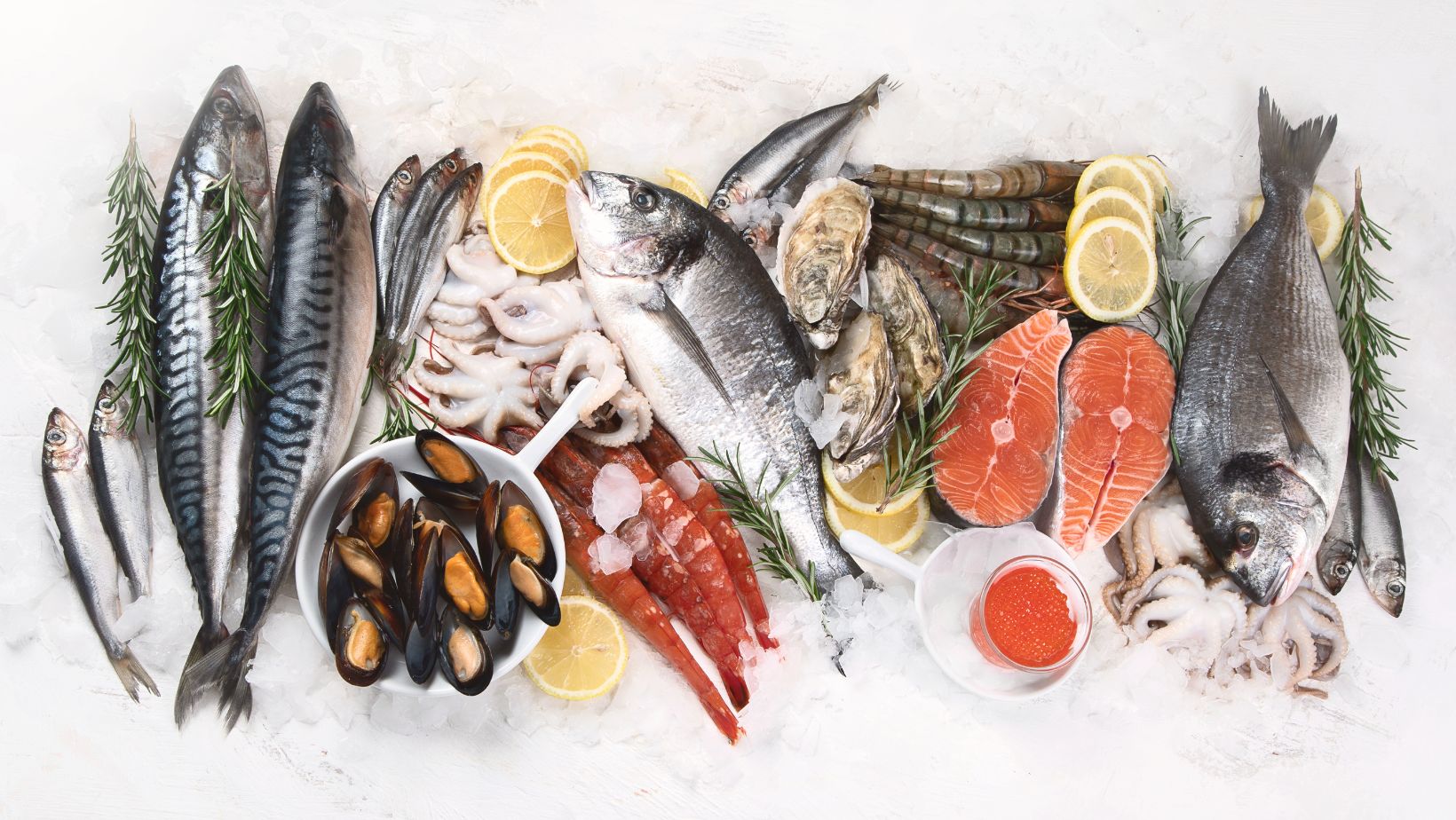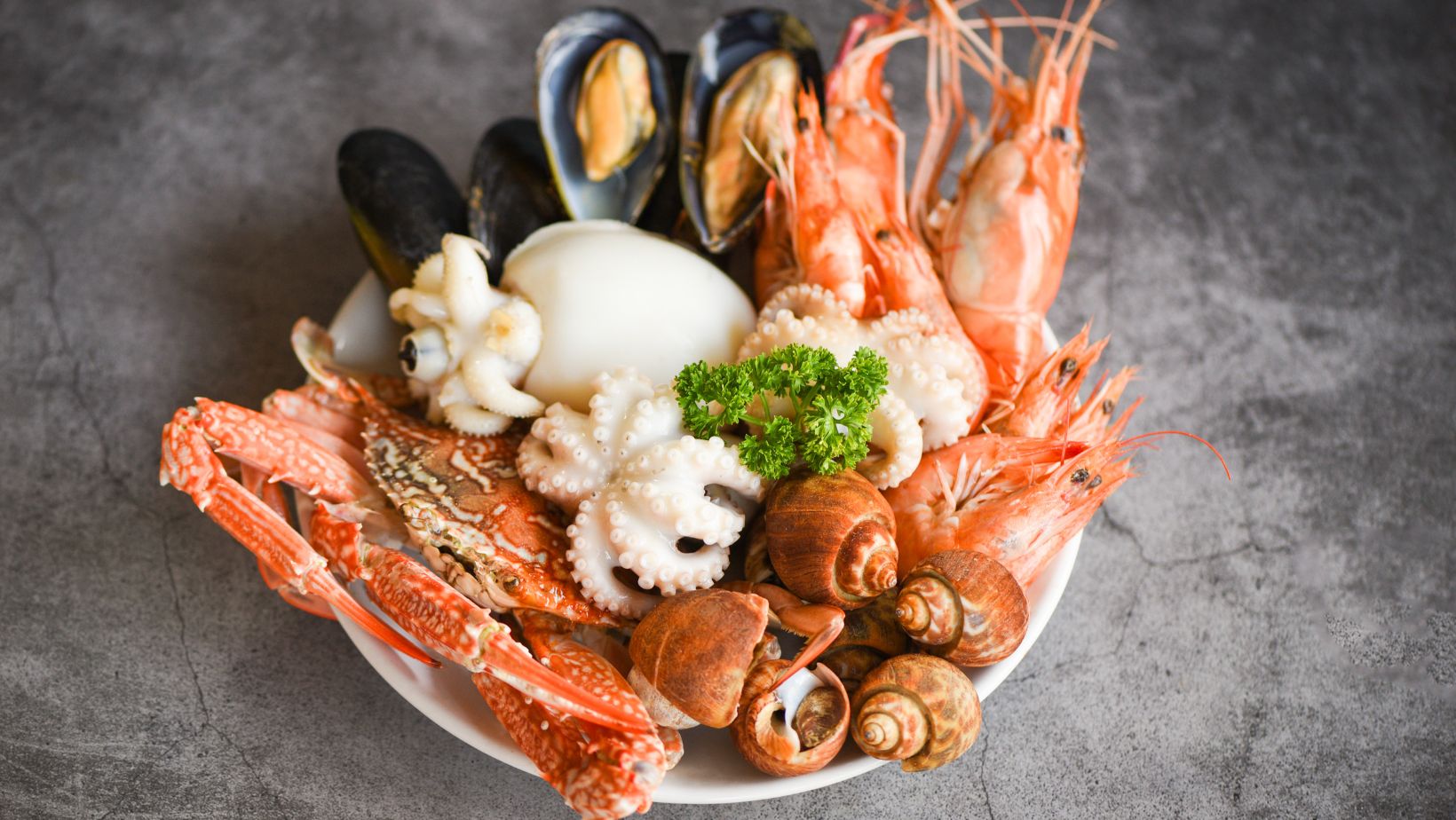Seafood has a way of setting the tone for a meal. A simple grilled filet can feel light and refreshing on a summer evening, while a hearty stew packed with shellfish transforms a winter night into something comforting and celebratory. The beauty of seafood lies not just in its variety, but in how each type—and even each size—can create a completely different experience. Understanding these nuances is the key to selecting the right catch for the right occasion.
Why Size and Selection Matter
When most people think about seafood, they focus on the species itself—salmon, oysters, scallops, or shrimp. But equally important is the size, which can change the texture, flavor, and preparation method of the dish. For example, knowing how to interpret clam sizes can help determine whether you should steam them for a quick appetizer, bake them with breadcrumbs, or chop them into a chowder. The same principle applies across the seafood spectrum: size influences how the ingredient performs in the kitchen and what kind of dining experience it creates.
Matching Seafood to the Mood
Choosing the right catch is as much about atmosphere as it is about cooking technique. Hosting a casual gathering? Smaller seafood, such as mussels or littleneck clams, makes for shareable, relaxed dining. Planning a more formal dinner? Larger, more robust cuts like swordfish steaks or jumbo scallops bring elegance to the table. Matching seafood to the occasion not only ensures the meal is satisfying but also creates the right mood for your guests.
Freshness Over Flash
When selecting seafood, freshness is always the top priority. No matter the size or type, freshness dictates both flavor and safety. Look for clear eyes in whole fish, firm flesh that bounces back when pressed, and a clean, briny smell reminiscent of the ocean.
Cooking Techniques by Occasion
The way seafood is prepared can elevate even the simplest ingredient into something memorable. For instance:
- Casual gatherings: Steamed mussels or clams in a broth of garlic, butter, and white wine offer a fun, interactive meal where guests can enjoy dipping bread into the sauce.
- Romantic dinners: Seared scallops with a citrus reduction or a delicately poached fish filet creates an intimate, refined experience.
- Family feasts: Large shellfish like lobster or baked stuffed clams bring a sense of abundance and occasion.
- Outdoor cookouts: Grilled fish skewers or shrimp with smoky marinades feel rustic and communal.
Aligning the preparation with the mood ensures your catch always feels appropriate for the setting.
The Role of Portioning
Another hidden factor in choosing seafood is portioning. A single large fillet might be dramatic for presentation but harder to share, while smaller portions allow for variety and balance. This is where understanding size classifications becomes valuable. From small shellfish that shine in pasta dishes to larger cuts designed to stand alone as a main course, portioning impacts both the cooking process and the guest experience.
Pairing with Sides and Drinks
Seafood rarely stands alone. It shines brightest when paired thoughtfully with sides and drinks. Lighter catches like white fish or small shellfish often pair well with crisp salads, seasonal vegetables, and refreshing wines such as Sauvignon Blanc. Richer options like salmon or tuna can handle heavier sides, like roasted potatoes or grains, and match beautifully with fuller-bodied wines or craft beers. The right pairing elevates the meal, complementing the unique characteristics of the seafood.
Sustainability in Selection
Today’s diners are more conscious than ever about where their food comes from. Choosing sustainable seafood ensures that the oceans remain healthy for generations to come while also supporting responsible fisheries. Certifications such as MSC (Marine Stewardship Council) or recommendations from organizations like Seafood Watch can guide purchasing decisions. When you opt for responsibly sourced catches, you aren’t just selecting for taste—you’re also aligning your choices with values of care and stewardship.
Special Occasions Deserve Special Choices
There’s a reason lobster, oysters, and certain fish cuts are associated with celebrations. Their unique flavors, higher price points, and cultural associations make them the centerpiece of special meals. But “special” doesn’t have to mean extravagant. Even a simple stew of mussels and herbs, when thoughtfully prepared, can transform an ordinary night into something extraordinary. The key is intentionality—choosing seafood that reflects the importance of the moment you’re celebrating.
Everyday Seafood Done Right
Not every meal requires grandeur. For busy weeknights, seafood like shrimp, tilapia, or small clams can be cooked quickly and incorporated into easy, nourishing dishes. Stir-fries, tacos, and pasta all welcome seafood as a protein source without demanding hours in the kitchen. By learning how to work with different seafood types and sizes, even the most rushed dinner can feel elevated and healthful.
Conclusion
Seafood offers endless possibilities, but the secret lies in matching the right catch to the right occasion. From intimate dinners to lively feasts, the size, type, and preparation of seafood shape the entire dining experience. Understanding how portion, texture, and flavor vary with different choices—whether it’s shrimp, scallops, fish, or clams—ensures your meals feel intentional and memorable.
Ultimately, seafood is about more than what’s on the plate; it’s about the story you tell through the meal. By paying attention to size, selection, and sustainability, you can turn any gathering into something special, all while savoring the richness that the ocean provides. The right catch, chosen with care, transforms dining from routine to remarkable.


